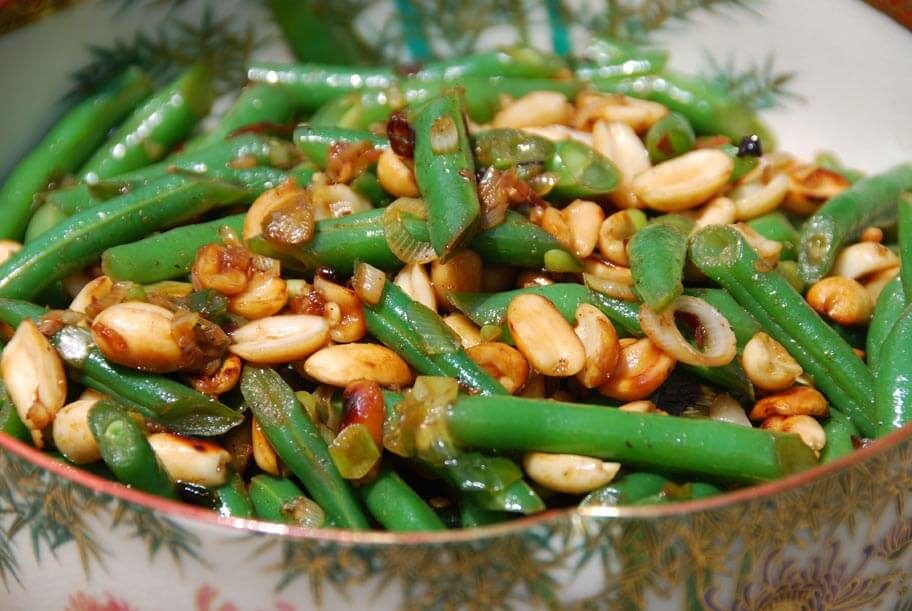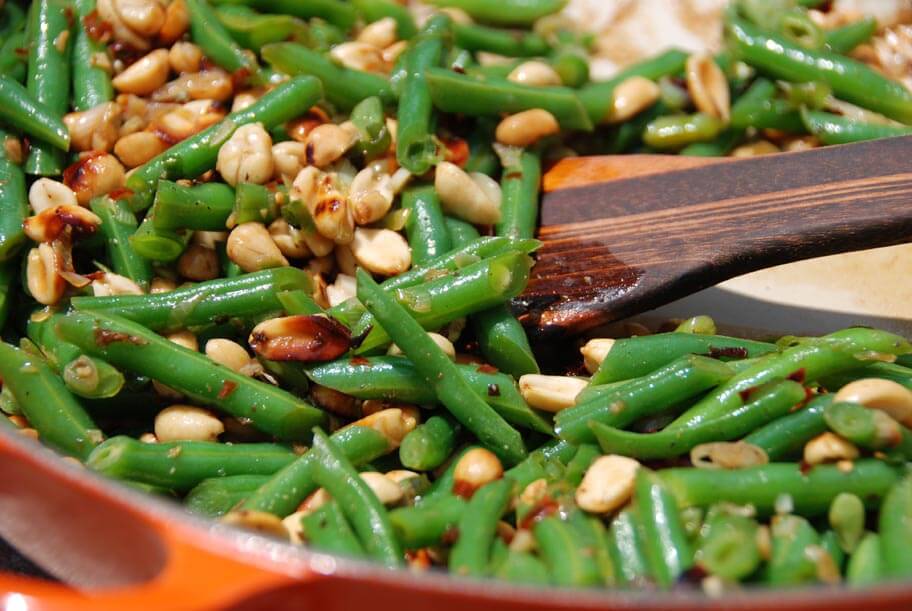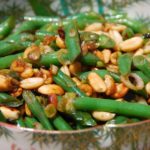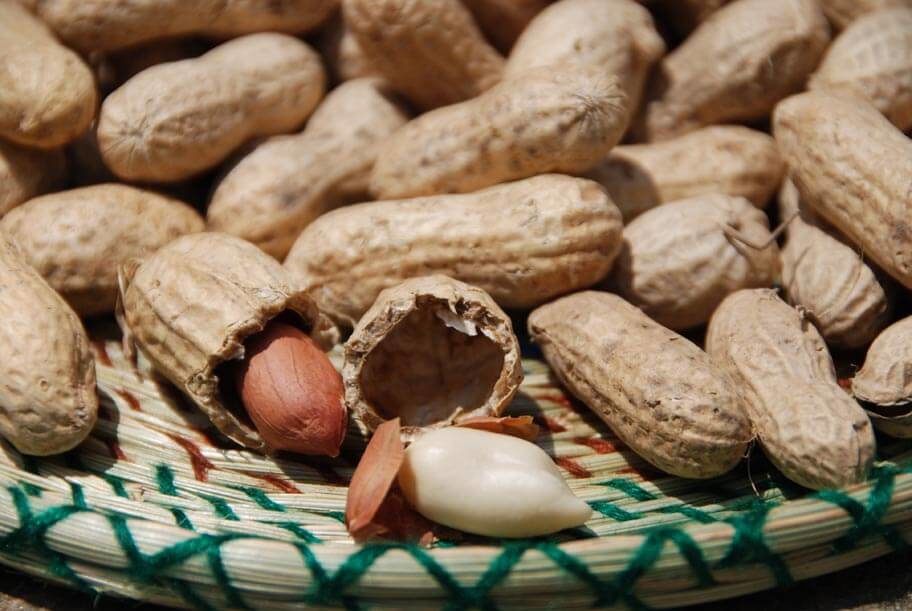I joined Indian-American cookbook author Anupy Singla to talk about the fusion of Latin and Asian food on NPR‘s Tell Me More, with host Celeste Headlee. I also gave them a taste of the Asian influence on Mexican cuisine with my Green Beans with Peanuts and Chile de Arbol. If you missed us on the radio, listen in right here…
For the recipe, click here.








